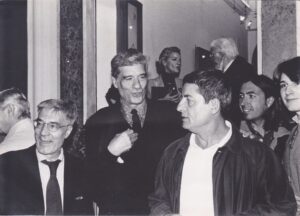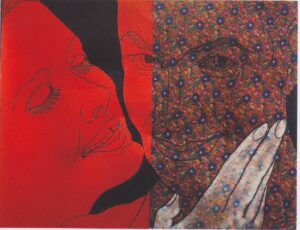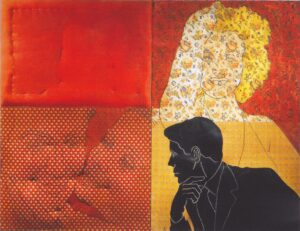
Even today, “labelling” is still used to simplify, to identify a genre, a belonging, and little is done instead to analyse and study the phenomena concerning contemporary art. Perhaps out of laziness, out of convenience or, finally, out of conformism. But if I think back today to those 1960s, I see clearly what we were doing and what the results were. I remember the late 1950s, when I was very young and began to look at art and make my first experiments. It was a very important, decisive turning point.
The last experiences of informal art, the art that placed the subject, the author, his existential pathos, his poetry at the centre of the work, were coming to an end, and we were moving on to the ‘tabula rasa’, to the ‘monochrome’, that is to say, in my opinion, to a preliminary work, to a resetting of consciousness and to waiting for something to appear on that sort of screen, an image, perhaps the image of the new man. We had to look at the new urban landscape, the signs, especially those of advertising. We were immersed in a rapidly changing society. It was no longer possible to isolate ourselves in a privileged metaphysical world: we were, like everyone else, pressurised by consumer civilisation.
What we did was to look and copy objectively, interpreting reality with its own codes, with its symbols, its exaggerations, its stupidity. We were a kind of iconoclasts who reflected the symbols of that reality. This happened in Rome but also elsewhere. Of course the Americans were early, for obvious reasons, but ideas circulated and so an Italian artist worked on something that resembled something an American or French or English artist did. But we didn’t know and, in any case, we couldn’t copy and rework other people’s ideas.
And then the fundamental difference was in the tradition and culture that each of us brought with us. My path is characterized by frequent transformations, stasis and restarts: this is called “research” and today I still work on something new that perhaps I could call “pre-language”, waiting to give shape to a new meaning. Or perhaps the opposite to give meaning to a new form, which is the same thing, chance being the only stimulus and/or system for new research. We are man, the rest is symbol, because the symbol is the only way to know man, or rather, to recognize him.





